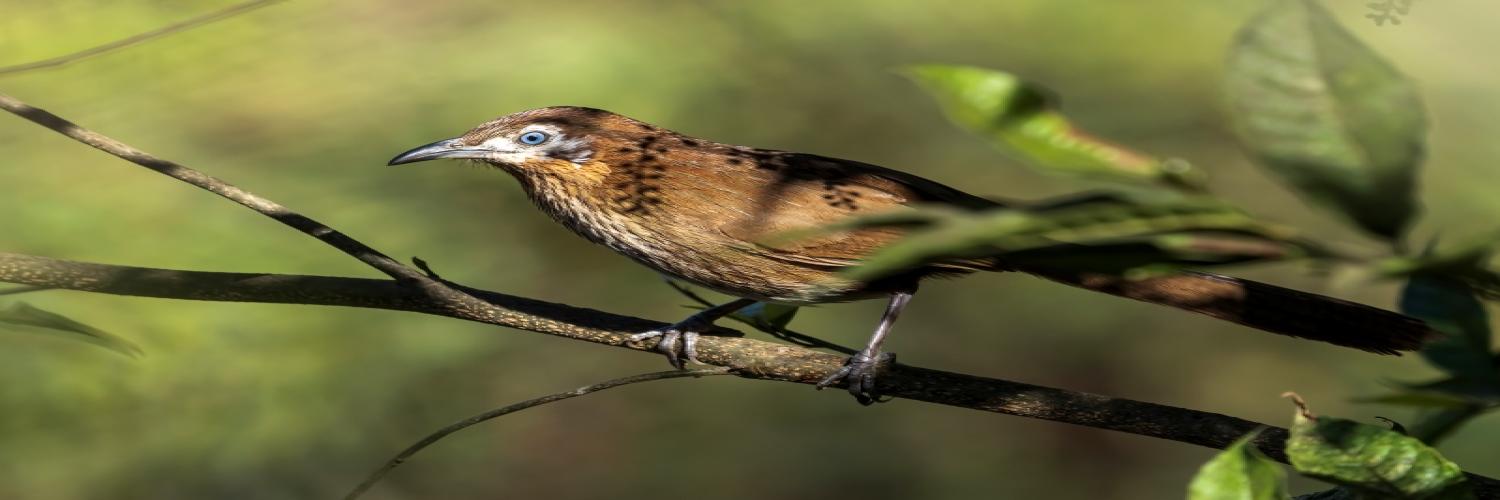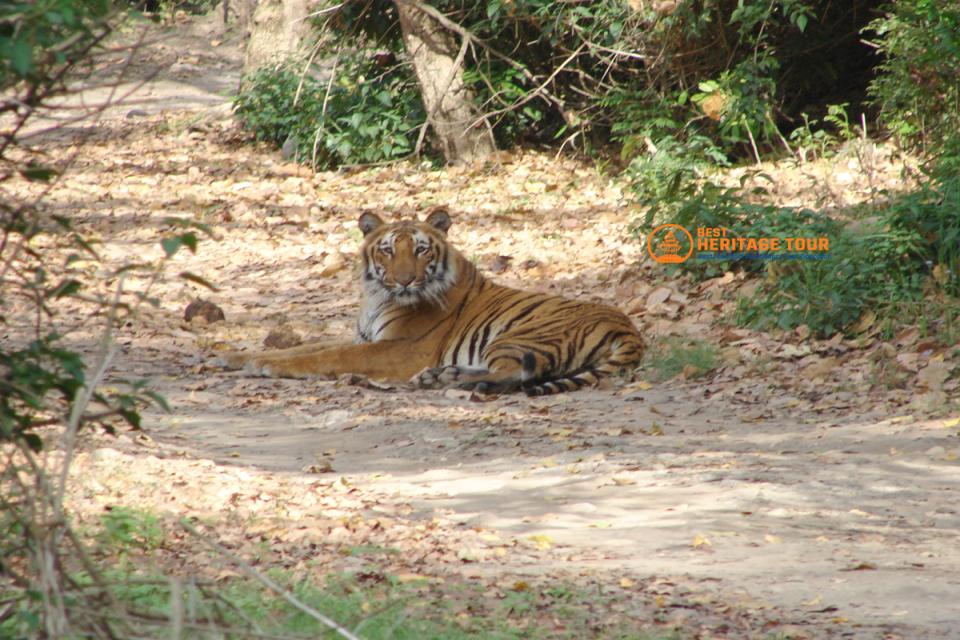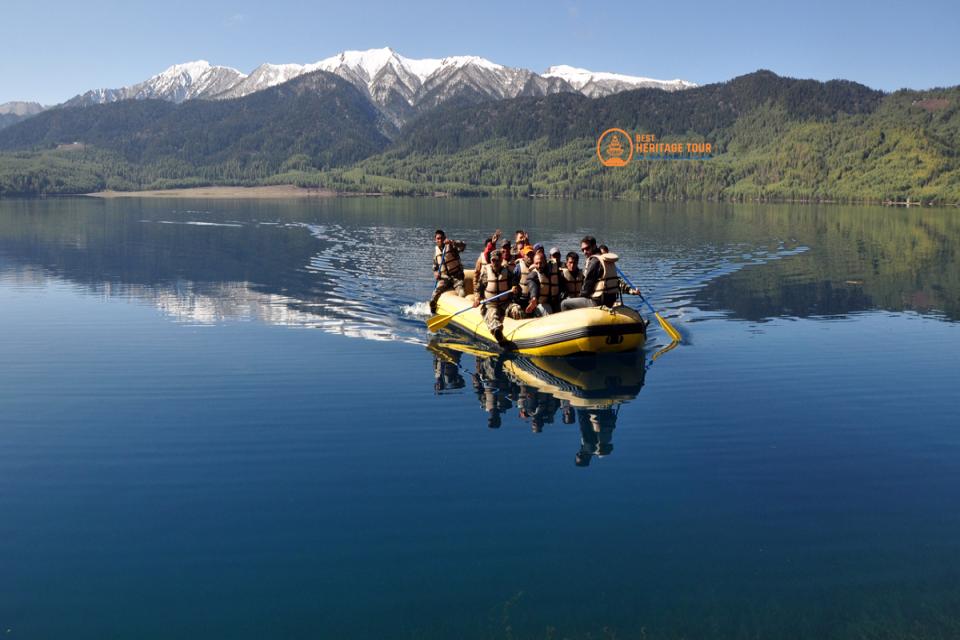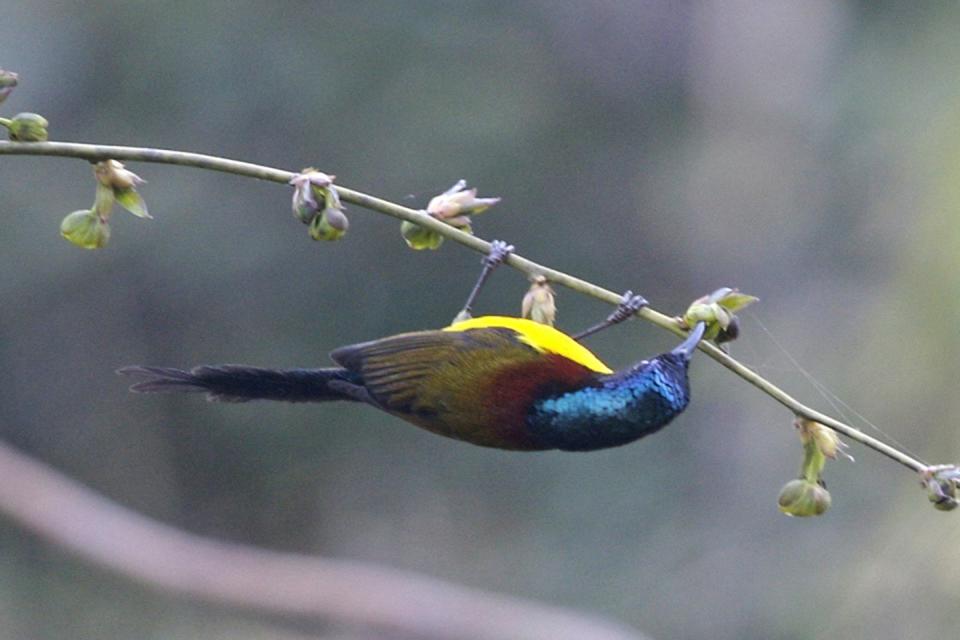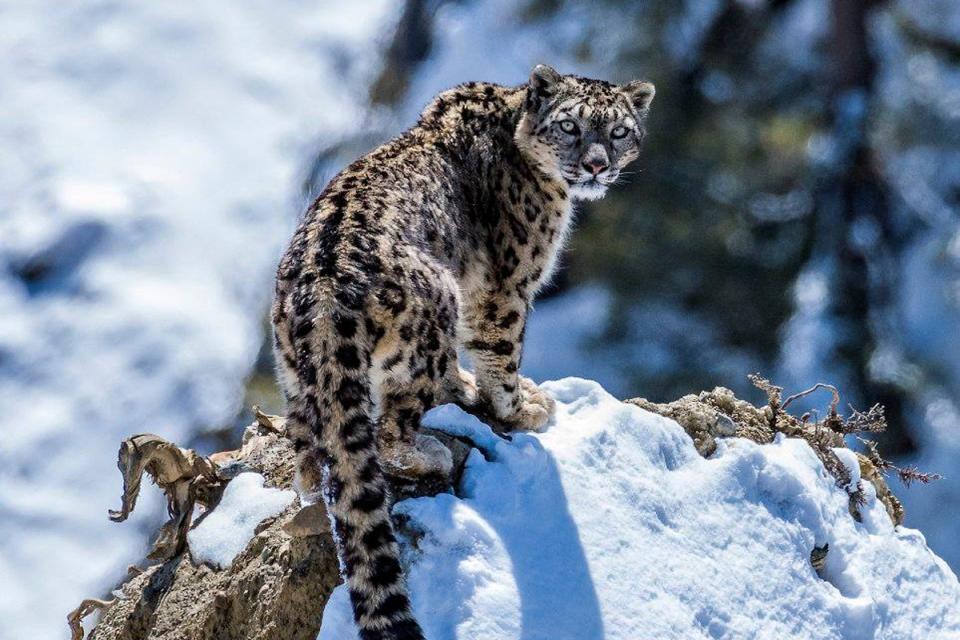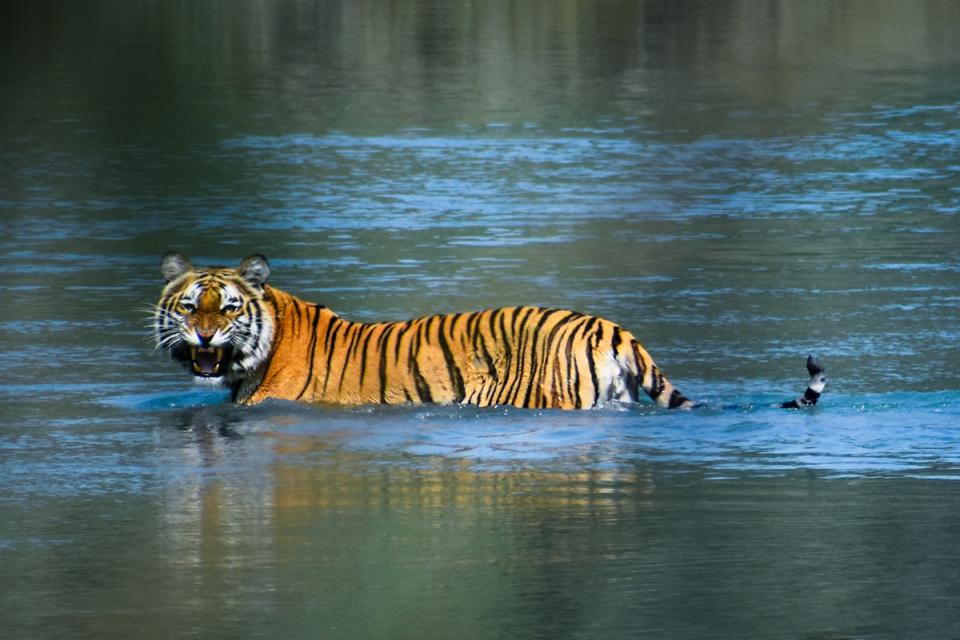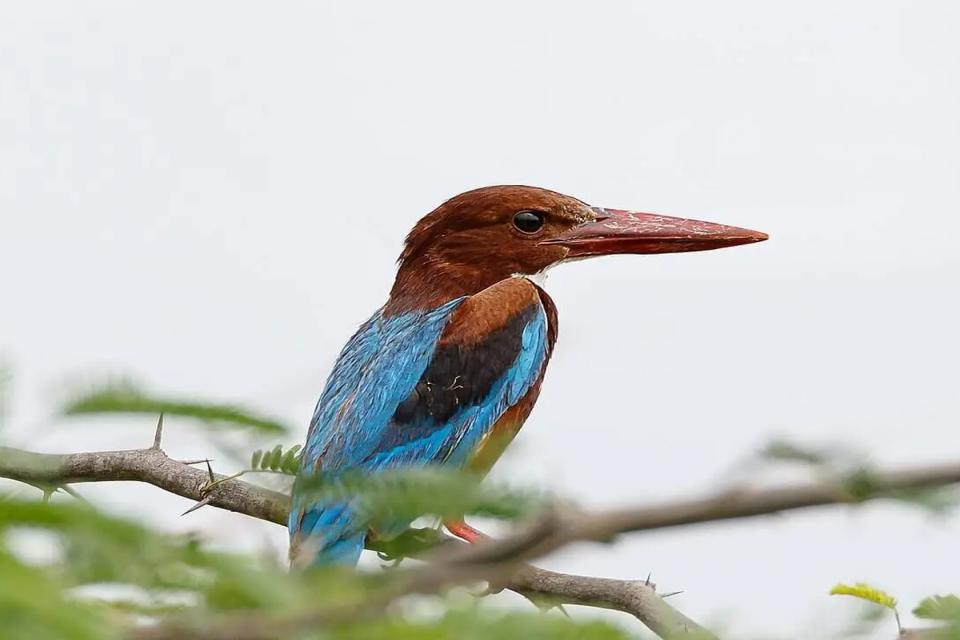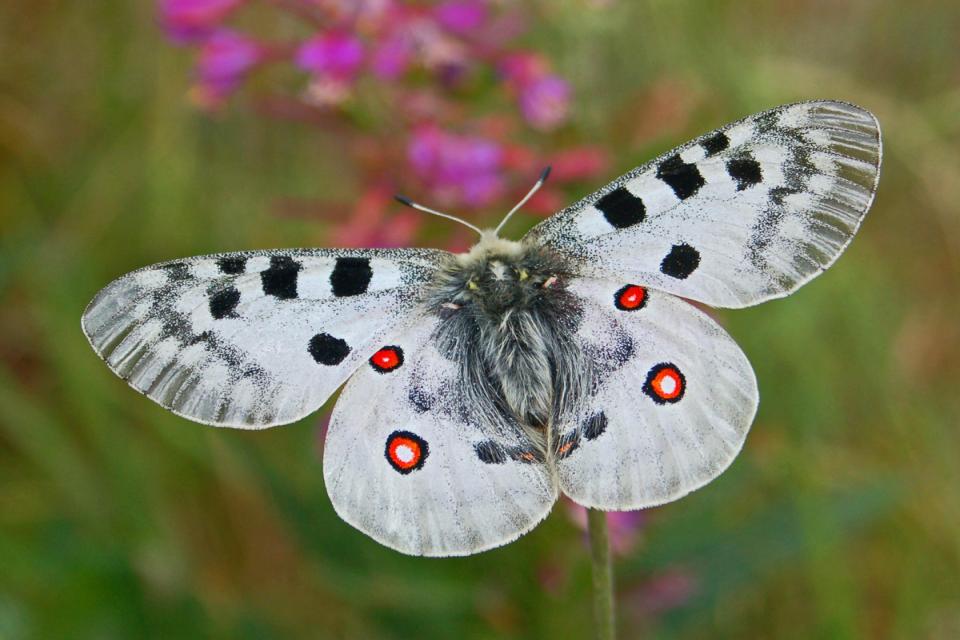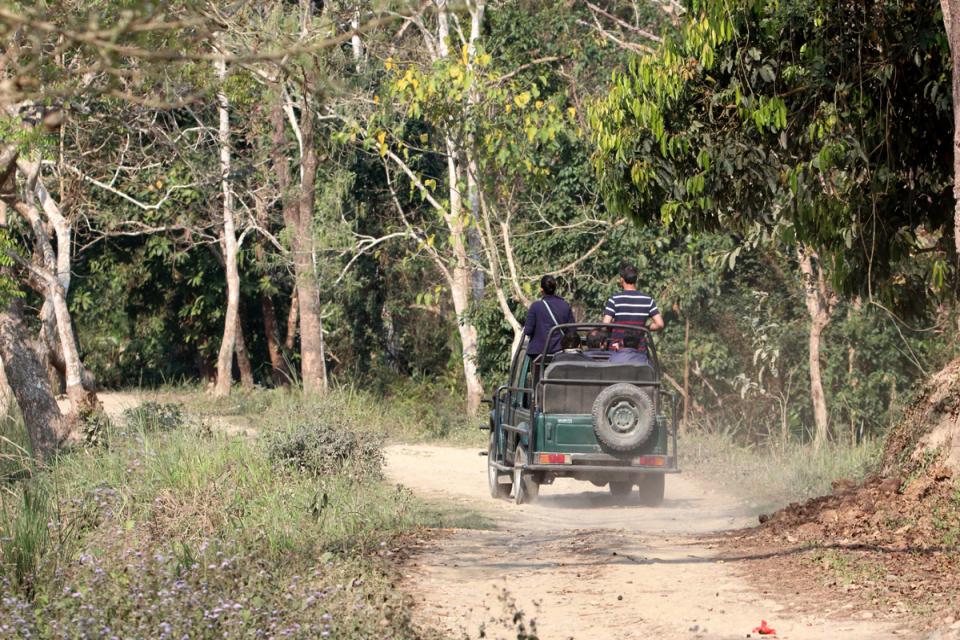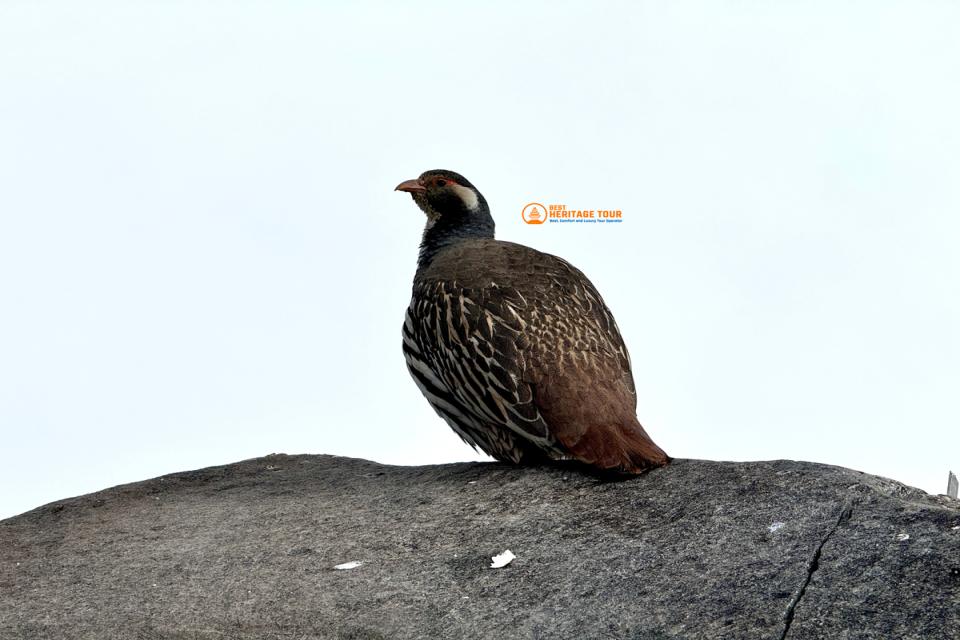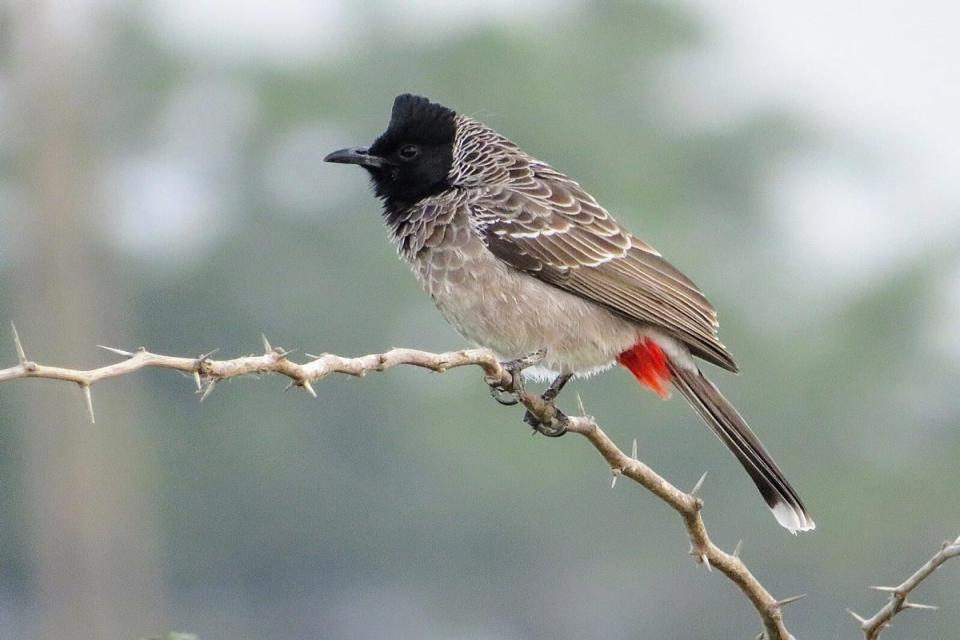Nestled in the heart of the Himalayas, Nepal is a treasure trove for birdwatchers and nature lovers alike. With its dramatic landscape ranging from subtropical plains to alpine peaks, Nepal hosts an astonishing variety of bird species over 900 recorded to date. For those passionate about spotting rare and endemic birds, Nepal offers some of the most rewarding birdwatching experiences in Asia.
From vibrant Himalayan Monals flashing their iridescent feathers to elusive species like the Nepal Wren-Babbler found nowhere else on Earth, Nepal’s birdlife reflects the country’s rich biodiversity. Whether you’re a seasoned birder or a curious traveler seeking unforgettable encounters with nature, birdwatching in Nepal promises spectacular sightings, peaceful wilderness, and a chance to connect deeply with the natural world.
In this guide, we’ll explore the best birdwatching spots in Nepal, the rare species you should watch out for, the ideal seasons for birdwatching, and essential tips to make your birdwatching trip a success.
Why Nepal is a Top Destination for Birdwatchers
-
Unique Geography and Climate Zones
One of the main reasons birdwatchers flock to Nepal is its extraordinary geographical diversity. Stretching from the low-lying Terai plains at just a few hundred meters above sea level to towering Himalayan peaks above 8,000 meters, Nepal covers a range of ecological zones. Each zone supports different bird communities, making Nepal an unparalleled hotspot for avian diversity.
The Terai region’s lush grasslands and wetlands host a myriad of waterfowl, cranes, and migratory birds. As you move upward into the mid-hills and forests, you’ll find colorful pheasants, babblers, and bulbuls. In the high Himalayas, specialized alpine species like the Himalayan Snowcock and Snow Partridge thrive in rugged terrain. This vertical layering of habitats means you can see vastly different bird species within just a few hours' travel.
-
Diversity of Bird Species: Over 900 Recorded
Nepal boasts more than 900 bird species, including more than 40 species of pheasants alone, making it one of the richest birding countries in Asia. It is home to many globally threatened and near-threatened species, drawing international birdwatchers aiming to add rare finds to their life lists.
From the dazzling plumage of the Himalayan Monal the national bird of Nepal to the rare and shy Nepal Wren-Babbler, Nepal’s birds offer incredible variety. Seasonal migrations also bring in thousands of birds from Central Asia and Siberia, making the timing of your visit key to spotting migratory species.
-
Endemic and Rare Bird Species in Nepal
Nepal has several endemic species that are not found anywhere else in the world. The Spiny Babbler, for example, is Nepal’s only endemic bird and a true rarity for bird enthusiasts. Other rare species include the White-browed Bush Robin and the Wallcreeper, a spectacular cliff-dwelling bird with striking crimson wings.
Spotting these rare birds requires knowledge of their habitats and the best times of year to find them something this guide will help you with in detail.
-
Cultural Importance of Birds in Nepal
Birds also hold a special place in Nepali culture and religion. The Himalayan Monal, with its iridescent feathers, features prominently in local folklore and is revered as a symbol of beauty and freedom. Many temples and festivals celebrate birds, reflecting the deep connection between Nepalis and their natural surroundings.
This cultural richness adds an extra layer of meaning to birdwatching trips in Nepal, offering travelers a chance to experience nature and culture in harmony.
Best Birdwatching Spots in Nepal for Rare Species
- Chitwan National Park
Located in the subtropical Terai lowlands, Chitwan National Park is Nepal’s premier wildlife sanctuary and a UNESCO World Heritage Site. While it is famous for its Bengal tigers and one-horned rhinos, it is also an exceptional birdwatching destination.
The park’s mix of riverine forests, grasslands, and wetlands supports over 500 bird species. Among these, rare and endangered birds such as the Bengal Florican and the Greater Adjutant Stork can be spotted. The elusive Rufous-necked Hornbill, known for its striking appearance and unique calls, is another highlight.
Guided birdwatching safaris on elephant back or canoe provide unparalleled access to these habitats, making Chitwan an ideal starting point for bird enthusiasts seeking rare sightings in Nepal.
- Koshi Tappu Wildlife Reserve
Koshi Tappu Wildlife Reserve, situated in eastern Nepal, is famous for its extensive wetlands, floodplains, and river systems. This protected area is a haven for waterbirds and migratory species, particularly during the winter months.
Birdwatchers come here to see rare species such as the Swamp Francolin and the Masked Finfoot. Migratory birds like the Sarus Crane and various ducks and waders also populate Koshi Tappu in large numbers.
The reserve’s flat terrain and open habitats make it accessible for beginners and provide excellent opportunities for photography, especially at sunrise and sunset.
- Rara Lake and Rara National Park
Rara National Park, home to the stunning Rara Lake the largest lake in Nepal is one of the country’s most pristine and remote birdwatching locations. Located in the far northwest, this alpine park is a paradise for those seeking high-altitude bird species rarely seen elsewhere.
The park’s mixed habitats of conifer forests, alpine meadows, and freshwater lakes support unique birds such as the Himalayan Snowcock, Brown Accentor, and the elusive White-browed Bush Robin. Rara Lake itself attracts migratory waterbirds during certain seasons, adding to the diversity.
Because of its remoteness and fewer visitors compared to other parks, Rara offers a peaceful birdwatching experience with excellent chances of spotting rare and endemic species.
- Langtang National Park
Situated just north of Kathmandu, Langtang National Park is one of Nepal’s most accessible Himalayan parks and offers a striking variety of birds across altitude zones. The park’s mixed temperate and alpine forests are home to more than 300 bird species.
Birdwatchers visiting Langtang can hope to see the colorful Blood Pheasant, the Himalayan Monal, and the Snow Partridge. The park is also a stronghold for the Wallcreeper, a rare cliff-dwelling bird famous for its striking crimson wings and unique flight patterns.
The diverse topography from rhododendron forests to alpine pastures makes Langtang a year-round birdwatching destination. Its proximity to Kathmandu means birding trips here are popular for day trips and multi-day treks.
- Bardiya National Park
Located in western Nepal, Bardiya National Park is a lesser-known but equally important birdwatching destination. It is the largest national park in the Terai and supports a healthy population of lowland forest and wetland birds.
Rare species such as the Bengal Florican and the Lesser Adjutant Stork can be spotted here. The park’s forests provide habitat for a variety of babblers, hornbills, and woodpeckers. The thick forest canopy and relative solitude of Bardiya make it ideal for birdwatchers seeking a quiet and authentic Nepal wildlife experience.
- Phulchowki Hill near Kathmandu
For birdwatchers who don’t have time for extended treks, Phulchowki Hill offers an accessible yet rewarding experience. Just 15 kilometers southeast of Kathmandu, Phulchowki is the highest hill in the Kathmandu Valley and a birding hotspot.
The subtropical broadleaf forest here shelters several rare Himalayan bird species, including the Spiny Babbler Nepal’s only endemic bird and the Himalayan Cutia. Birdwatching here is popular during the spring and autumn migration seasons, when the hill bursts with vibrant migratory species.
Phulchowki’s close proximity to the capital makes it a convenient destination for casual birders and photographers.
- Gosaikunda and Gosainkunda Lake Region
Nestled in the Langtang region, the sacred Gosainkunda Lake and its surroundings form a high-altitude birding haven. The alpine scrub and rocky outcrops support species such as the Himalayan Snowcock and the White-capped Redstart.
The area’s spiritual significance combined with its natural beauty attracts birders who want to combine cultural trekking with wildlife viewing. Birdwatching here is best in the spring and autumn months when the weather is clear and bird activity peaks.
Rare Bird Species to Watch for in Nepal
Nepal’s birdwatching allure is amplified by the chance to see rare, endemic, and threatened species. Below are some of the most sought-after birds by birdwatchers visiting Nepal.
-
Himalayan Monal (Lophophorus impejanus): The Himalayan Monal, Nepal’s national bird, is a true jewel of the high Himalayas. Known for its dazzling iridescent plumage shimmering in blues, greens, and reds, this pheasant species inhabits alpine meadows and rhododendron forests at elevations of 2,100 to 4,000 meters. Spotting the Monal is a highlight for any birdwatcher trekking in Langtang, Annapurna, or Rara National Park. Males display spectacular courtship behavior during the breeding season, making sightings particularly rewarding.
-
Nepal Wren-Babbler (Pnoepyga immaculata): This small, secretive bird is endemic to Nepal, found mainly in the mid-hill forests. The Nepal Wren-Babbler’s shy nature makes it a rare and prized sighting. Its distinctive call is often the first clue to its presence. The species prefers dense undergrowth in subtropical forests, making places like Phulchowki Hill ideal for searching.
-
Spiny Babbler (Turdoides nipalensis): The only bird endemic to Nepal, the Spiny Babbler is a rare and elusive species found in thorny scrub and forest edges in the Kathmandu Valley and surrounding hills. Birdwatchers treasure any sighting of this species due to its rarity. The Spiny Babbler’s cryptic brown plumage provides excellent camouflage, requiring patience and good luck to spot.
-
White-browed Bush Robin (Tarsiger indicus): Found in high-altitude alpine forests and scrub, this robin is striking with its vivid orange belly and distinct white eyebrows. It is known for its melodious song and is considered rare due to its limited range in Nepal and surrounding Himalayan regions. Birdwatchers often spot this species in Rara National Park and other alpine zones during spring and autumn.
-
Rufous-necked Hornbill (Aceros nipalensis): This large and charismatic hornbill inhabits the subtropical forests of Nepal’s lowlands, especially in Chitwan and Bardiya National Parks. Recognizable by its massive bill and striking rufous neck, this bird is globally vulnerable due to habitat loss. Hearing its loud calls echoing through the forest canopy is an unforgettable experience for visitors.
-
Wallcreeper (Tichodroma muraria): One of the most unusual birds found in Nepal’s high mountains, the Wallcreeper is a cliff-dwelling species with striking crimson, black, and grey wings. It moves gracefully along vertical rock faces, using its long claws to cling to stone. Wallcreepers are most commonly seen in Langtang and other high-altitude parks during the warmer months, and their rarity makes sightings highly prized.
Best Seasons and Timing for Birdwatching in Nepal
Timing your birdwatching trip to Nepal can greatly enhance your chances of spotting rare and migratory species. Nepal’s varied climate and geography mean that bird populations and activity fluctuate throughout the year.
-
Spring (March to May): Spring is one of the best times for birdwatching in Nepal. The warming weather triggers the arrival of many migratory birds from Central Asia and Siberia. Flowering rhododendrons and blossoming forests create an ideal environment for many species to breed and feed. Birdwatchers can expect to see colorful Himalayan birds like the Himalayan Monal in full breeding plumage, as well as many songbirds and warblers migrating through mid-hill forests such as Phulchowki Hill and Langtang National Park. The visibility is also excellent due to generally clear skies.
-
Autumn (September to November): Autumn is another prime birdwatching season. As temperatures cool, migratory birds begin their southward journey, passing through Nepal’s varied habitats. This season often offers the best chances to spot both resident and migratory species side by side. National parks like Chitwan and Koshi Tappu are bustling with waterbirds and cranes during autumn. In the higher altitudes of Rara and Langtang, alpine birds prepare for winter, making their presence easier to detect.
-
Winter (December to February): Winter brings colder temperatures and some bird species migrate out of Nepal, but it is still a rewarding time for birdwatchers. Wetlands such as Koshi Tappu attract numerous migratory ducks, geese, and cranes escaping harsher northern climates. The Terai lowlands remain relatively warm, providing opportunities to observe rare lowland species like the Bengal Florican and Greater Adjutant. Snow cover in higher elevations limits accessibility but can highlight hardy species like the Himalayan Snowcock.
-
Monsoon (June to August): While the monsoon season often deters travelers due to heavy rain, it’s an excellent time for birdwatching in certain protected valleys where the forests are lush and insect life a key food source for birds is abundant. Bird activity increases, but accessibility to remote areas may be limited. Birders planning trips during monsoon should be prepared for wet conditions and possible travel disruptions.
Tips for Birdwatchers Visiting Nepal
To make the most of your birdwatching adventure in Nepal, here are some practical tips that will help enhance your experience and ensure you’re prepared.
-
Recommended Gear and Binoculars: A good pair of binoculars is essential for spotting birds in diverse terrain, especially in forests and alpine zones. Opt for binoculars with 8x to 10x magnification for the best balance between clarity and stability. A field guide specific to Nepal’s birds, such as “Birds of Nepal” by Richard Grimmett, is invaluable for identification. A notebook or smartphone app for recording sightings can help track species and enrich your experience. Comfortable hiking boots and weather-appropriate clothing (layering is key) are necessary due to Nepal’s varied climates and terrains.
-
Guided Tours vs. Solo Birdwatching: While seasoned birdwatchers may enjoy the challenge of independent exploration, hiring a knowledgeable local guide can significantly increase your chances of spotting rare species. Guides are familiar with bird calls, habitats, and seasonal patterns and can navigate remote areas safely. Several birdwatching tours in Nepal cater to different interests and budgets, from day trips near Kathmandu to multi-day expeditions in remote national parks.
-
Local Guides and Birding Communities: Nepal has a growing community of passionate birdwatchers and conservationists. Connecting with local birding groups or organizations such as Bird Conservation Nepal (BCN) can provide up-to-date information on sightings and conservation initiatives. Engaging with locals also supports community-based tourism, benefiting conservation and local livelihoods.
-
Ethical Birdwatching and Conservation Awareness: Respect for wildlife and habitats is paramount. Maintain a safe distance from birds, avoid loud noises, and never disturb nests or breeding sites. Stick to designated trails and follow park rules to minimize your ecological footprint. Supporting eco-friendly accommodations and guides helps promote sustainable tourism.
How to Plan Your Birdwatching Trip in Nepal
Planning ahead can make your birdwatching adventure in Nepal smooth, rewarding, and safe. Here are some key considerations to keep in mind when organizing your trip.
-
Best Routes and Itineraries: Nepal offers birdwatching opportunities across different regions, each with its own unique species and habitats. Many birders prefer combining lowland parks like Chitwan or Koshi Tappu with mid-hill and high-altitude treks in Langtang, Rara, or Annapurna regions. A typical itinerary might start with a few days in the Terai plains to spot waterbirds and hornbills, followed by trekking in the mid-hills to catch pheasants and babblers, and finally heading to alpine areas for snowcocks and robins.
-
Permits and Regulations in Protected Areas: Most birdwatching hotspots are located inside national parks or wildlife reserves, requiring entry permits. For example, Chitwan National Park, Langtang National Park, and Rara National Park all require permits for entry. Check with Nepal’s Department of National Parks and Wildlife Conservation or your tour operator for the latest information on permit fees and regulations. Hiring local guides is often mandatory in protected areas to ensure safety and conservation compliance.
-
Accommodation Options Near Birdwatching Spots: From luxury lodges in Chitwan to rustic teahouses in Langtang and camping near Rara Lake, Nepal offers a range of accommodation to suit all budgets. Staying near birding hotspots allows early morning starts when bird activity is highest. Many lodges also offer birdwatching tours and have knowledgeable staff who can help with local bird identification.
-
Transportation Advice: Nepal’s rugged terrain means some birdwatching areas require a combination of flights, jeep rides, and trekking. For example, reaching Rara National Park usually involves a flight to Talcha Airport followed by a trek. Domestic flights connect Kathmandu to Biratnagar (near Koshi Tappu), Nepalgunj (gateway to Bardiya), and Bharatpur (near Chitwan). Road travel is possible but can be slow due to mountain roads and traffic.
Conservation Efforts and Challenges
-
Threats to Bird Habitats: Despite its rich biodiversity, Nepal’s bird populations face challenges from habitat loss, deforestation, and climate change. Expansion of agriculture and infrastructure in the Terai threatens wetlands and grasslands critical for many species. Illegal hunting and trapping, though reduced, remain concerns in some areas. Climate change impacts, such as altered migration patterns and habitat shifts, also pose long-term risks.
-
Role of Eco-Tourism: Birdwatching tourism has become a vital tool for conservation in Nepal. Responsible tourism generates income for local communities and incentivizes habitat protection. Community-based conservation projects often include birdwatching as a sustainable livelihood option, helping balance development with biodiversity preservation.
-
Ongoing Conservation Projects: Organizations such as Bird Conservation Nepal (BCN), WWF Nepal, and the National Trust for Nature Conservation (NTNC) actively work on protecting key bird habitats, conducting research, and promoting awareness. These groups collaborate with local communities and government agencies to establish bird sanctuaries, monitor endangered species, and mitigate human-wildlife conflicts.
Conclusion
Birdwatching in Nepal is a unique adventure that offers much more than just sightings of rare and beautiful species. It’s an opportunity to immerse yourself in some of the most diverse and pristine ecosystems on Earth, to connect with local culture and conservation efforts, and to experience the thrill of discovering birds found nowhere else in the world.
Whether you’re trekking through the Himalayan foothills, exploring the wetlands of the Terai, or camping by a remote alpine lake, Nepal’s birdlife will captivate and inspire you. With over 900 species waiting to be discovered and a range of accessible birding spots, Nepal truly stands out as a top destination for birdwatchers globally.
Plan your trip well, respect nature, and prepare for unforgettable encounters with Nepal’s extraordinary avian treasures.
Ready to start your journey? Let Best Heritage Tour craft your personalized Nepal birdwatching for 2026/2027, complete with expert guides, prime birding locations, and ethical travel practices. Contact us today and take the first step toward an inspiring adventure in Nepal’s birding paradise!
Contact Us Today for Bookings & Information:
- Phone/WhatsApp/Viber: +9779851149197 / +9779810043046
- Email: bestheritagetour@gmail.com / info@bestheritagetour.com
- Website: www.bestheritagetour.com
- Location: Thamel Marg, Kathmandu, Nepal
Author: Best Heritage Tour
Date: 3rd August, 2025

